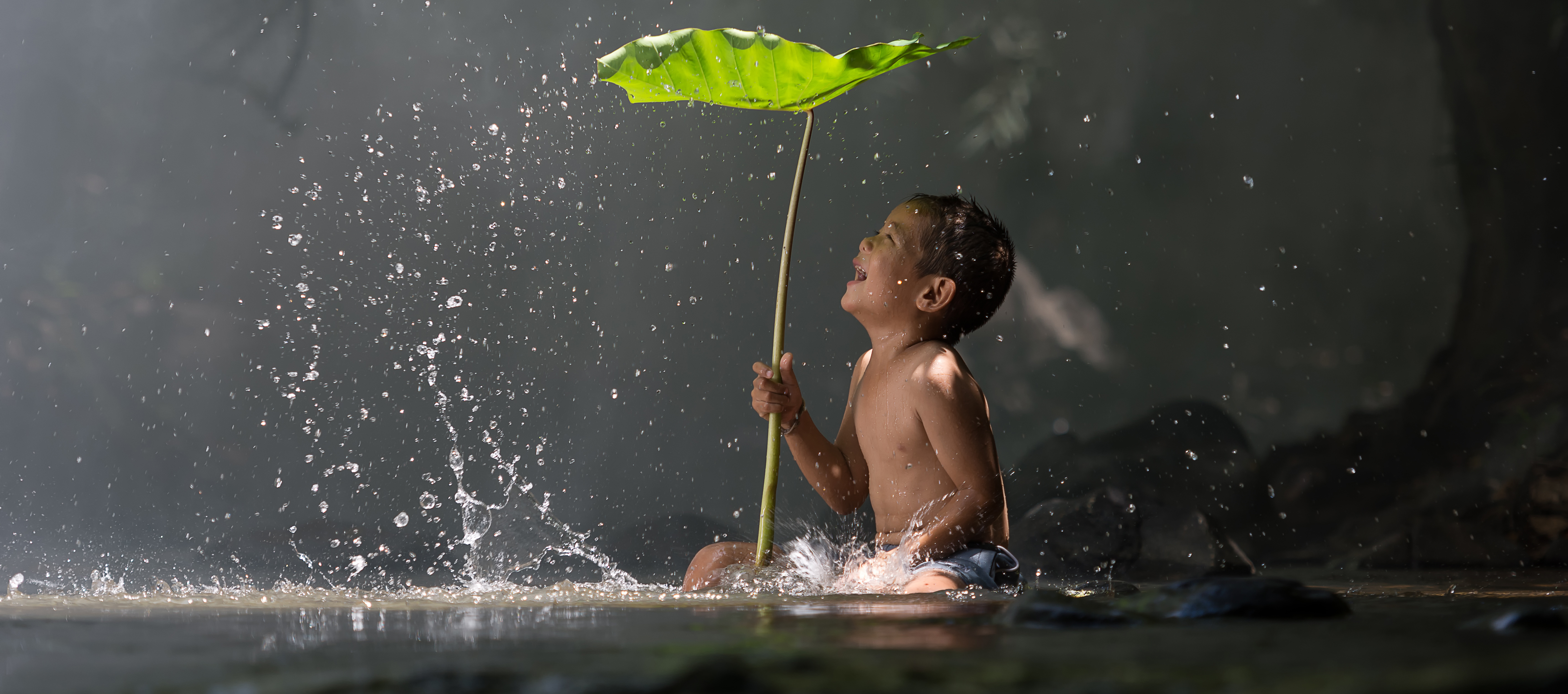Global demographic expansion and the rising living standards of our planet go hand in hand with an explosion of the use of water in particular. On a global scale, the consequences mean strong pressure on fragile water resources.
Water conservation Practical advice
The World Health Organization estimates at 20 liters of water per day and per person the minimum amount of water required to meet the basic needs of hydration and hygiene and at 50 liters the threshold for “decent” use. Many of the countries we visit are hard put to offer such conditions to their populations. The huge gap between this reality and our consumption habits (160 to 250 liters on average in Europe) can sometimes make us forget the possible impact of our presence. Such over-consumption of water is of particular significance given that the tourist activity generates seasonal and localized population peaks.
It is essentially on water used for hygiene purposes that you can act by using it sparingly and appropriately for the country you are visiting. For example, at the end of your trek in Sub-Saharan Africa, when your host proposes a shower, bear in mind that this will consume roughly 50 liters. However, local resources only offer 10 to 20 liters per person per day. Why not prefer a bowl containing a few liters of water to wash? In so doing, you take concrete action and show respect for the inhabitants of the countries you visit. Incidentally, this also offers you a unique life experience that will shed a new light on our western living conditions. Finally, by reducing the amount of water used and preferring – when available - dry toilets to western ones, you reduce the amount of waste water, a source of pollution and disease.


